The Application Container Market is currently characterized by a dynamic competitive landscape, driven by rapid technological advancements and increasing demand for efficient software deployment. Major players such as Docker Inc. (US), Red Hat Inc. (US), and Microsoft Corporation (US) are at the forefront, each adopting distinct strategies to enhance their market positioning. Docker Inc. (US) continues to focus on innovation, particularly in enhancing its container orchestration capabilities, while Red Hat Inc. (US) emphasizes open-source solutions to foster community engagement and collaboration. Microsoft Corporation (US) leverages its extensive cloud infrastructure to integrate container services seamlessly, thereby enhancing user experience and operational efficiency. Collectively, these strategies contribute to a competitive environment that is increasingly centered around innovation and customer-centric solutions.
In terms of business tactics, companies are increasingly localizing their operations to better serve regional markets, optimizing supply chains to reduce costs, and enhancing service delivery. The market structure appears moderately fragmented, with a mix of established players and emerging startups. This fragmentation allows for diverse offerings and competitive pricing, although the influence of key players remains substantial, shaping market trends and customer expectations.
In September 2025, Docker Inc. (US) announced a strategic partnership with a leading cloud provider to enhance its container management services. This collaboration is poised to expand Docker's reach into new markets, allowing it to leverage the cloud provider's infrastructure to offer more robust and scalable solutions. Such partnerships are indicative of a broader trend where companies seek to combine strengths to deliver superior value propositions to customers.
In August 2025, Red Hat Inc. (US) launched a new version of its OpenShift platform, incorporating advanced AI capabilities for automated resource management. This move not only positions Red Hat as a leader in the container orchestration space but also reflects a growing trend towards AI integration in operational processes. The introduction of AI-driven features is likely to enhance efficiency and reduce operational costs for users, thereby solidifying Red Hat's competitive edge.
In July 2025, Microsoft Corporation (US) unveiled a new initiative aimed at enhancing security features within its Azure Kubernetes Service. This initiative is particularly significant as it addresses growing concerns around cybersecurity in containerized environments. By prioritizing security, Microsoft is not only responding to market demands but also reinforcing its commitment to providing a secure cloud infrastructure, which is increasingly becoming a differentiating factor in the competitive landscape.
As of October 2025, the Application Container Market is witnessing trends that emphasize digitalization, sustainability, and the integration of AI technologies. Strategic alliances are becoming more prevalent, as companies recognize the value of collaboration in driving innovation and expanding market reach. Looking ahead, competitive differentiation is likely to evolve, shifting from traditional price-based competition to a focus on technological innovation, reliability in supply chains, and the ability to deliver tailored solutions that meet the specific needs of diverse customer segments.
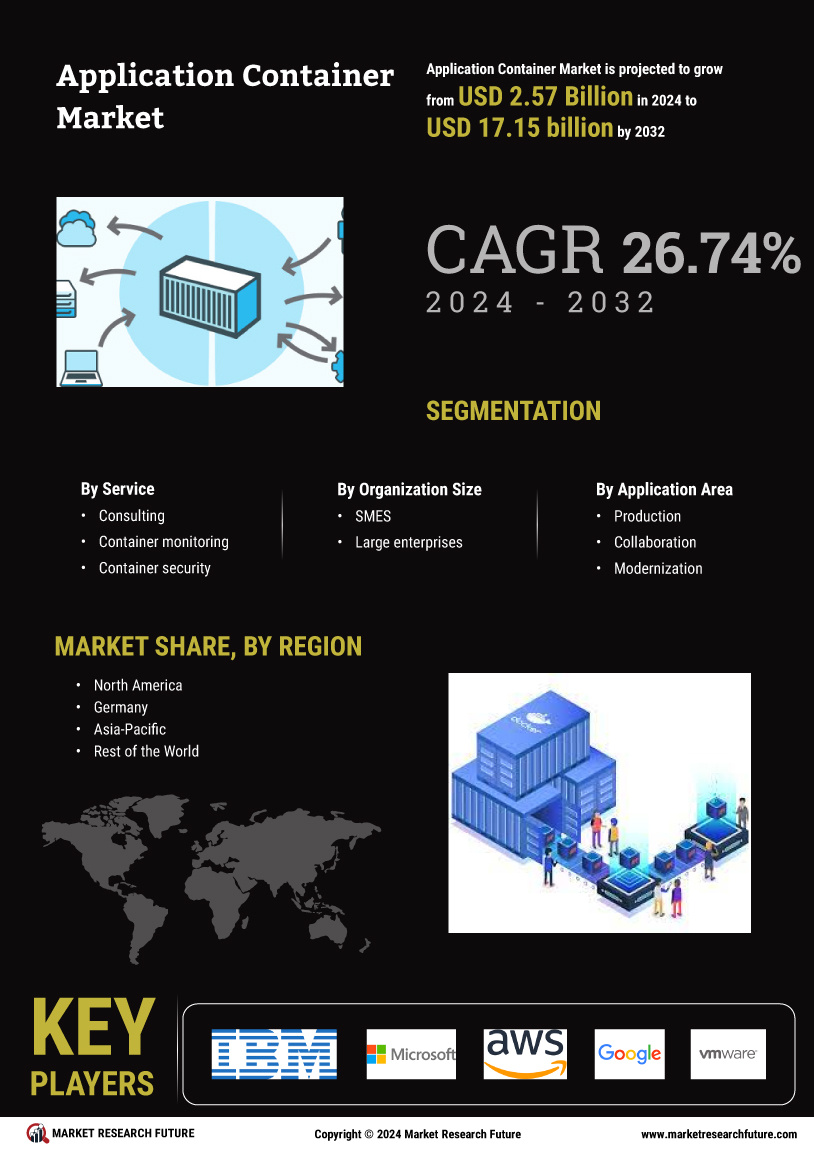

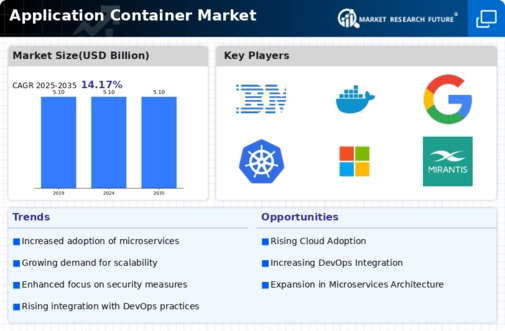
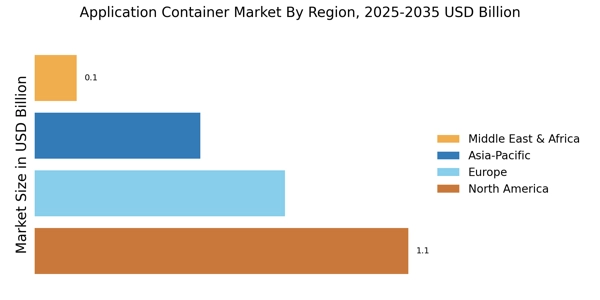

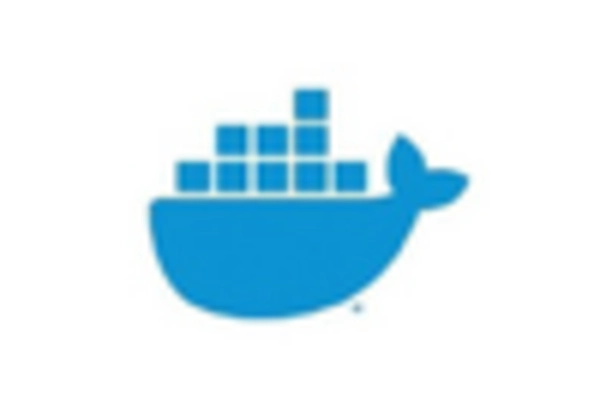

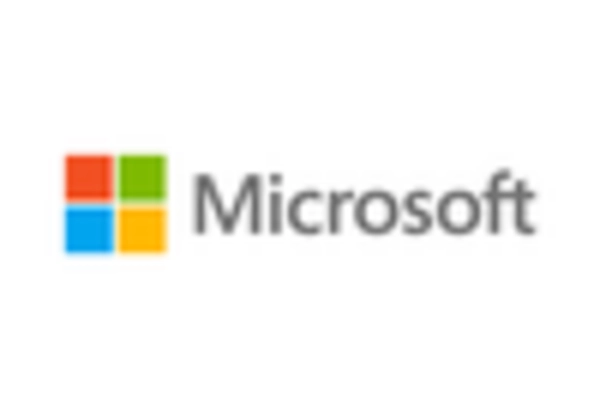

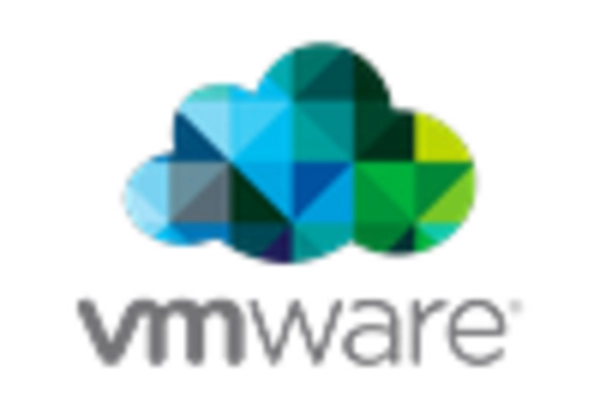








Leave a Comment